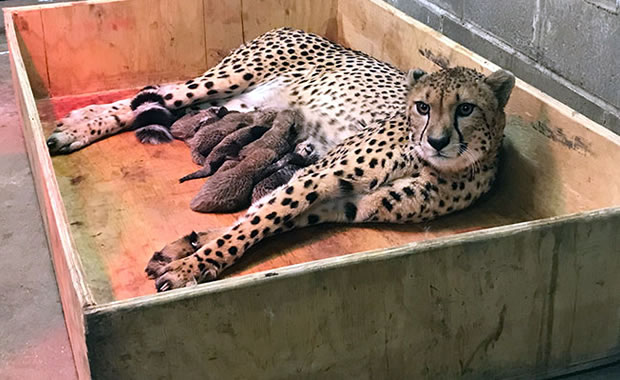
Creature Profile
The Spotted Eagle Ray (Aetobatus narinari) is a large species of ray that is easily recognizable by its unique spotted pattern. It has a flattened diamond-shaped body with a long snout, and can grow up to 10 feet in length and weigh up to 500 pounds. Its upper body is typically a dark blue or black color, while its underside is white. Its wings are covered in white spots, which give it its distinctive appearance.
The Spotted Eagle Ray can be found in tropical and subtropical waters around the world, including the Atlantic, Indian, and Pacific Oceans. It prefers shallow, sandy areas near coral reefs or rocky formations. It reproduces via internal fertilization, with the male using modified pelvic fins called claspers to transfer sperm to the female.
Despite being a relatively common species, the Spotted Eagle Ray is facing numerous threats that have led to its decline. These include habitat destruction, overfishing, and accidental entanglement in fishing nets. To help protect the species, various conservation measures have been put in place, such as fishing restrictions and the establishment of marine protected areas. Additionally, research is ongoing to better understand the species' biology and behavior, which can help inform conservation efforts.
Wikipedia Article

|
Wikipedia Article Copyright Notice: This article is licensed under the GNU Free Documentation License. It uses material from the Wikipedia article "Spotted eagle ray". |
March 10, 2023
Glenn, C. R. 2006. "Earth's Endangered Creatures - Spotted Eagle Ray Facts" (Online). Accessed 4/18/2024 at http://earthsendangered.com/profile.asp?sp=9439&ID=10.
Need more Spotted Eagle Ray facts?




